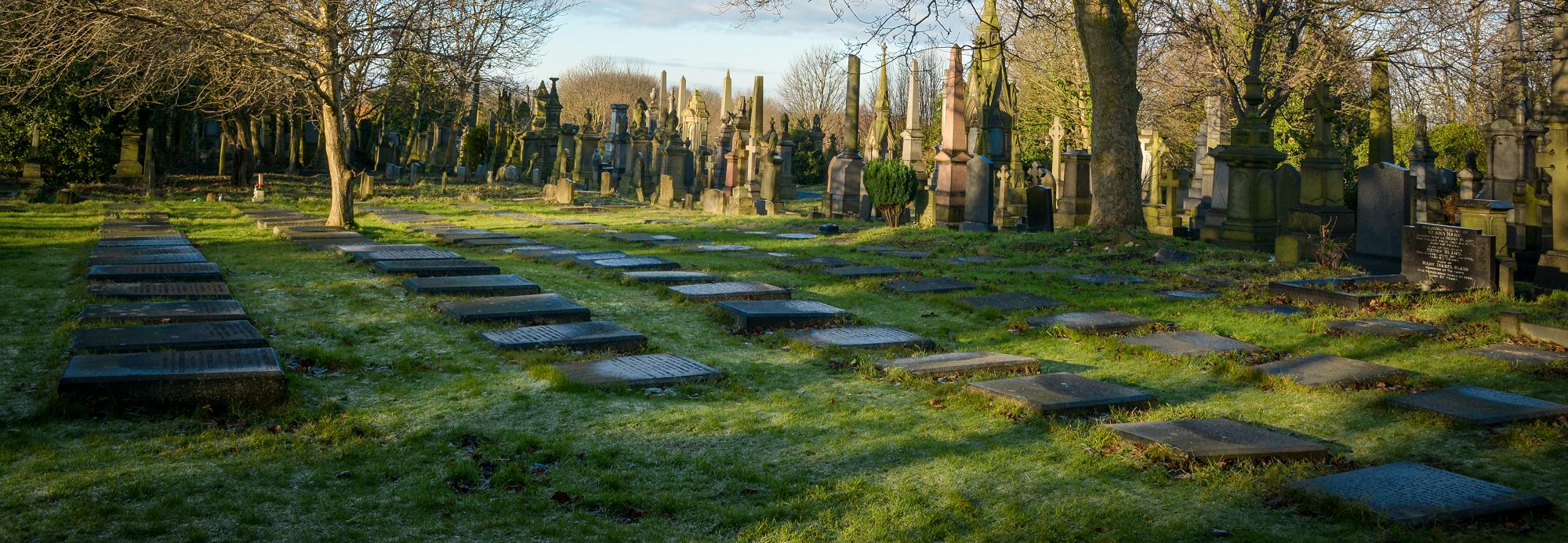Swithin Anderton
Swithin Anderton was the son of Jonathan Anderton and his wife Sarah Blakey, he was born on 15th July 1803 in Keighley. His father Johnathan had practised as a physician and was the fifth son of John Anderton of Hallas, Cullingworth who was said to be one of the fathers of the wool trade.
Swithin married Ann Braithwaite on 20th August 1823. They had nine children from 1824 through to 1840, eight boys and one girl, unfortunately four of the boys died before the age of ten. Childhood mortality was a massive problem at the time and it didn’t restrict itself to the poorer working classes.
After initially living in High Street (Barkerend Road), Bradford the family moved to Ashfield, Horton.
Swithin Anderton had occupied a mill in Pit Lane, Barkerend till until 1844 after which he had acquired the Eastbrook estate and built the extensive Eastbrook Mills which operated as a worsted spinning mill. The mill covered an area of five acres with mill buildings, warehouses and sheds.
The wool was received in a raw state. Firstly it is sorted, then it is washed and combed. The mill had a complete wool washing plant and a full outfit of carding and combing machinery. The wool was then spun into yarns of various kinds with up to twenty thousand spindles being kept in constant operation. Up to 800 hands were employed. The factory even made its own soap some of which was sold on to other mills.
As Bradford became more industrialised, smoke nuisance became an issue and several newspaper articles reveal that apparatus installed by Swithin Anderton & Sons was successful in removing smoke from their chimneys. In 1857, Anderton & Beanland’s Patent Apparatus was advertised for sale in the Bradford Observer.
The family were connected with the local Methodist Wesleyans at Eastbrook Hall.
Swithin took an interest in things other than his mill. He was one of the first members of the town council and he became a director of the Leeds, Bradford and Halifax Junction Railway Company until he stood down in 1859. He was also appointed as a Justice of the Peace. One of the cases he sat on was the ‘Humbug Billy’ poisonings. He was also considered to be the first wool baron of Bradford.
Swithin’s only daughter Emma Eliza married William Foster of Queensbury and Black Dyke Mills thus creating close links between two of Bradford’s most important and wealthy families. The connection was reinforced by the marriage of William Foster’s sister Ruth Foster to Swithin’s son Frederick William Anderton.
Swithin Anderton died on the 14 April 1860 at Ashfield. after which a magnificent monument was constructed at Undercliffe cemetery, similar in design to the Sir Walter Scott monument in Edinburgh. The monument has been given a grade two listed status. The photograph below shows it shorty after construction.
A photograph of the Anderton monument was taken by Samuel Smith using the paper negative process invented by Fox Talbot. Smith took up photography in 1852 and preferred to use the Calotype process rather than the Wet Plate process which had been invented by Frederick Scott Archer the previous year. It is assumed that Smith chose the Calotype process because the wet plate process required a heavy, bulky portable darkroom to be carried everywhere and by this time Smith was fifty years of age. Most of his photos that remain today were taken within a few miles of Wisbech however he took some in Yorkshire most probably when he visited his married daughter who lived in the north and this must have included the one of Undercliffe Cemetery. The exposure time would have been about 15 minutes and the original negative 10 and half inches by 8 and half inches. The cameras at the time consisted of two wooden boxes, one sliding in the other. One carried the lens and the other the focussing screen and paper or plate holder. About 400 of Smiths pictures still survive the bulk of which are held by the Wisbech and Fenland Museum and the Kodak Museum.
You can find Swithin Anderton’s monument using the what3words App and website. Follow this link and select satellite view. Click Here. If you are using the App on your phone type in rent.client.same in the search box.
Sources of information. The History of Manningham, Heaton and Allerton by William Cudworth 1896, The Century’s progress 1893, Kodak’s Samuel Smith exhibition brochure. Government survey of Mill owners 1833.

Research by Deborah Stirling and Steve Lightfoot

